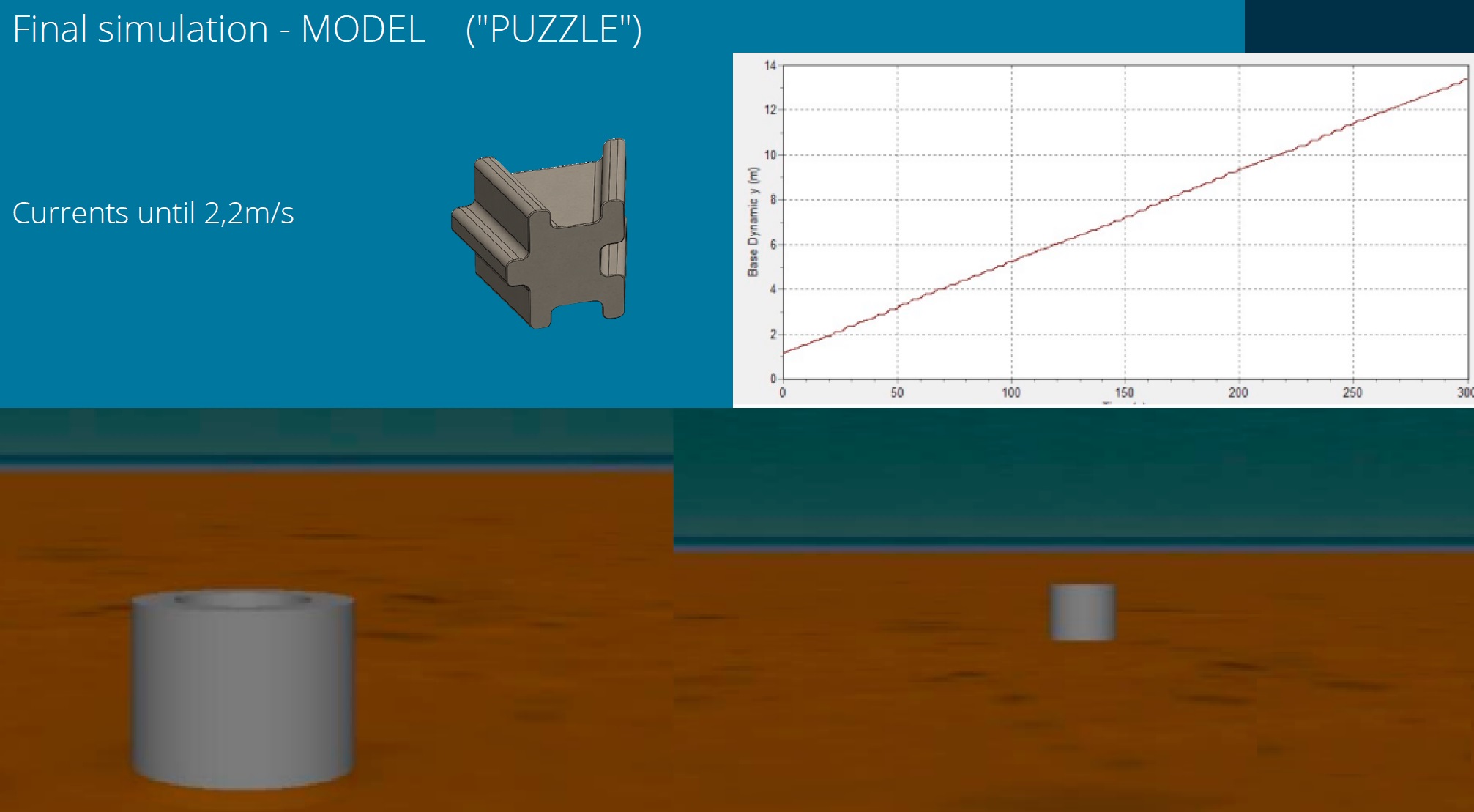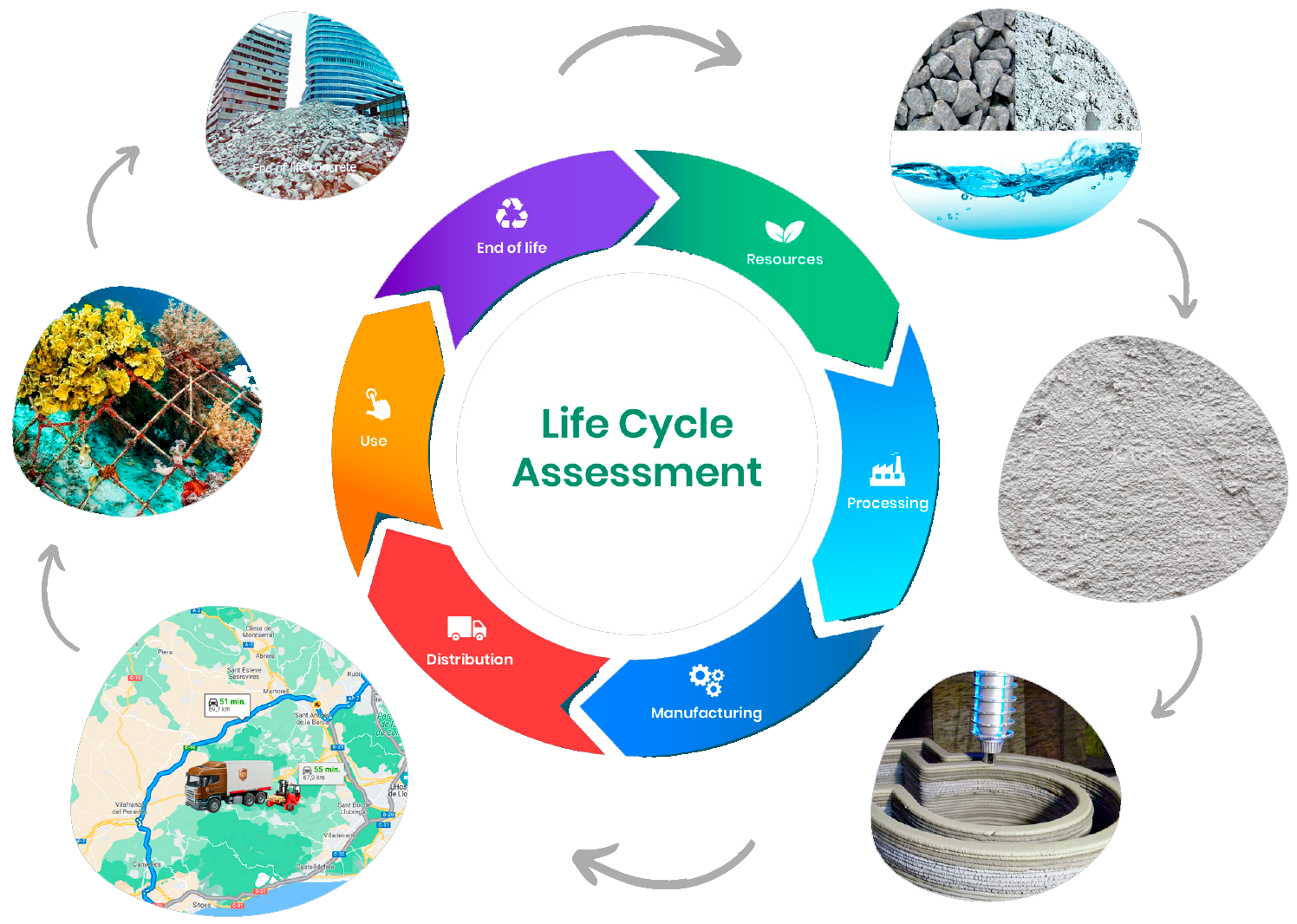
PROYECTO TED2021-129760B-I00 financiado por MCIN/AEI/10.13039/501100011033 y por la Unión Europea “NextGenerationEU”/PRTR
SLAGREEF Design
Puzzle Design
The aim of this project is to create an innovative idea for the design of artificial reefs. The requirement of an open hole to enhance the flow of water currents inside the artificial reefs is of great importance for nutrient supply.
The creation of small holes is necessary to provide protective spaces for smaller species. These enable the creation of hiding places for some marine animals, protecting them from predators and other potential harms.
The primary objective is to establish a modular structure. This approach offers not only an adaptable design, but also extends the lifespan of the product by simplifying maintenance. Moreover, the implementation of a modular design opens up to future possibilities for the utilization of this type of artificial reefs in other areas, by modifying their structure and module design.
Simulations

These analyses showed that the design could stand until the threshold value of 2,2 m/s water current velocity. This suggests that this structure could be implemented in areas that do not have higher values. In this figure can be seen the possible displacement that the artificial reef could suffer because of strong currents.
As part of the artificial reef design project, hydrodynamic simulation plays a crucial role in assessing the stability of the structure. To conduct this simulation successfully certain data is indispensable. In particular, the values of current velocity from all spatial dimensions are essential to evaluate the stability of the structure.
This data was collected using the ADCP sensor of the OBSEA positioned at a depth of 19 m depth in the targeted deployment area of the new artificial reef. The water current available data encompasses all its possible directions (northward, eastward, and upward). In this type of assessment, long term time-series of data are of pivotal importance (e.g.; five years data collection). The recorded data along with statistical analyses (e.g.; mean, quartiles, and median) have provided crucial information to evaluate the hydrodynamic response of the reef structure to the local environmental conditions.
ECO focused design
By applying eco-design principles in the process of building artificial reefs, the negative impact that the structure could have on the environment can be reduced and the reef can make a sustainable contribution to the marine ecosystem. In fact, it can help to protect natural habitat, promote biodiversity and strengthen ecological resilience.
This project analyzed the possible destinies and environmental impacts that an artificial reef could have on the marine environment through Granta Edupack; the Eco audit tool.
